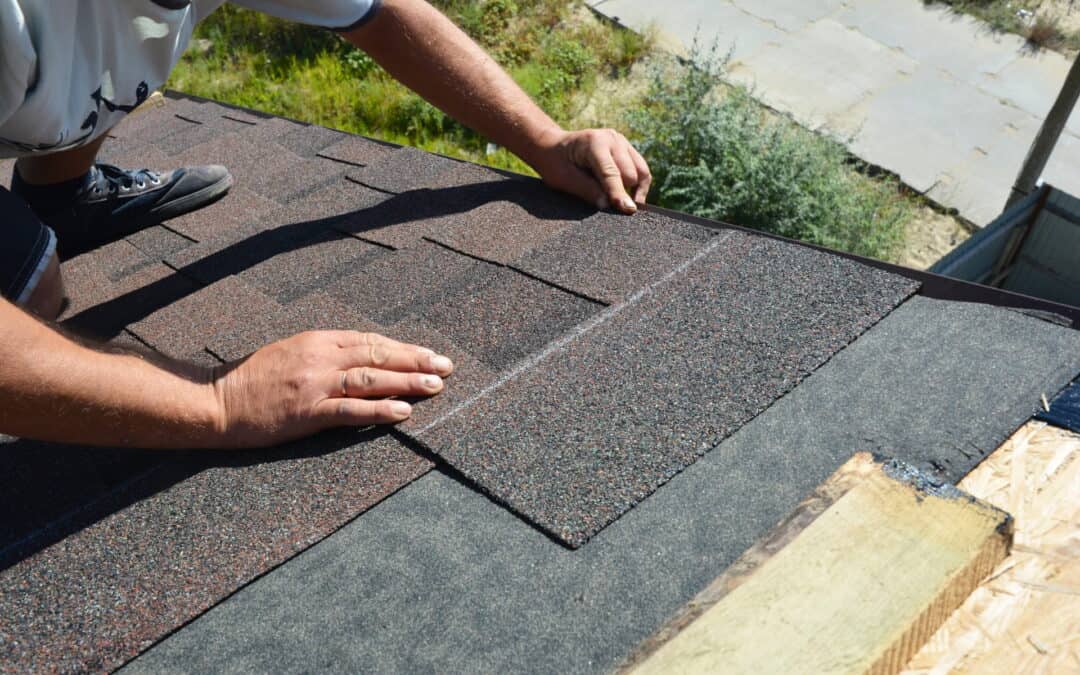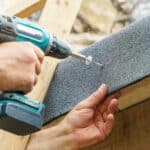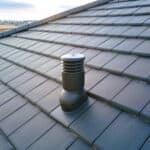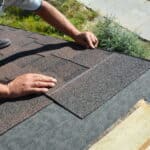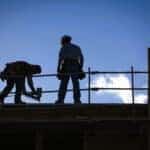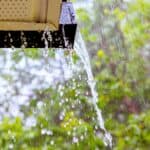Storms can leave a trail of destruction in their wake, particularly when it comes to roofing. Understanding how to manage emergency roof repairs after a storm is crucial for maintaining the integrity of your home and ensuring the safety of its inhabitants. This article will explore the steps homeowners should take when facing storm-induced roof damage and the critical role professional roofers play in this scenario.
Assessing Storm Damage
After the storm has passed, the first step is to assess the damage to your roof safely. It’s essential to identify the extent of harm to address it properly, which could range from missing shingles to more severe structural issues.
- Conduct a visual inspection from the ground, using binoculars if necessary, to identify visible damage.
- Document all damage with photos and detailed notes to aid in insurance claims.
- Consider using drones for a safer and more thorough inspection if roof access is hazardous.
In one instance, a homeowner noticed water stains on the ceiling immediately after a particularly harsh storm. This early detection enabled them to contact a professional quickly, mitigating further water damage to the home’s interior.
Choosing Professional Roofers
Selecting the right professional roofer is critical after a storm. The expertise of a skilled roofer is invaluable, not only for conducting repairs but also for helping with insurance claims.
- Look for roofers with significant experience in storm damage repairs.
- Check for local licensing and insurance to ensure the roofer complies with state regulations.
- Read reviews and ask for references to gauge their reliability and quality of work.
Professional roofers not only fix the damage but can provide insights into potential future problems, often catching issues that are not obvious to the untrained eye.
Emergency Roofing Repairs
Immediate repairs might be necessary to prevent further damage to the structure of your home and your possessions inside.
- Cover broken areas with tarps or plywood to prevent water ingress.
- Remove debris from the roof to prevent additional damage or blockage.
- Seal any leaks temporarily with roofing cement or tape until permanent repairs can be made.
It’s often the quick action taken in the hours after a storm that can prevent a bad situation from becoming disastrous.
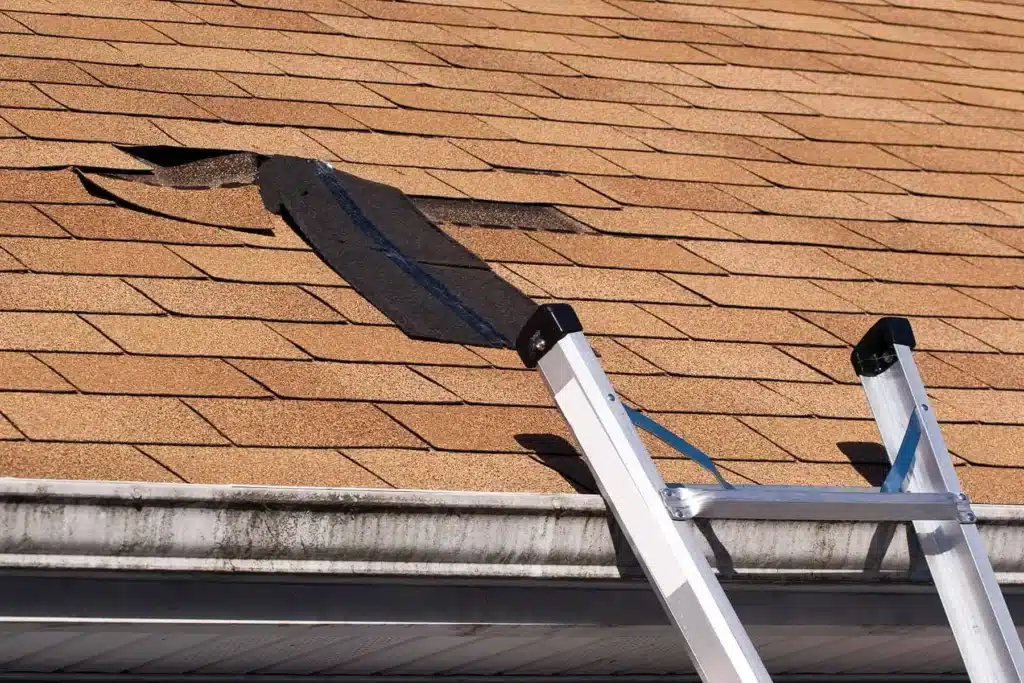
Working with Insurance
Navigating insurance claims is a critical part of the post-storm recovery process. An experienced roofer can be instrumental in ensuring that your claim is properly documented and filed.
- Keep all receipts and records of work done, as these will be necessary for insurance claims.
- Ensure the roofer’s assessments align with those from the insurance adjuster.
- Be proactive in communications with your insurance company to keep the claims process moving smoothly.
Many homeowners find this part daunting, but with the right information and a professional by your side, it can be much more manageable.
Preventative Roof Maintenance
Maintaining your roof regularly can reduce the likelihood of severe damage when a storm hits.
- Schedule regular inspections with a qualified roofer to catch and fix small issues before they escalate.
- Clean gutters and downspouts to prevent water buildup and potential roof damage.
- Trim trees near the house to reduce the risk of branches falling on the roof during a storm.
This proactive approach not only preserves the life of your roof but also safeguards your home against future storms.
Safety Considerations
Safety should always be the priority when dealing with post-storm roof damage. There are specific safety measures every homeowner should follow:
- Avoid climbing on the roof immediately after a storm, as it may be unstable or slippery.
- Hire professionals for high-risk tasks like removing large debris or performing structural repairs.
- Use appropriate personal protective equipment if you must inspect damage yourself.
Many accidents and injuries can be prevented by adhering to these guidelines, ensuring that both the structural integrity of your home and your personal safety are not compromised.
Key Takeaways from Emergency Roof Repairs
Handling emergency roof repairs after a storm involves several crucial steps that ensure the safety and structural integrity of your home. From assessing damage to working with professional roofers and navigating insurance claims, each aspect requires careful consideration and action. Here are the main points to remember:
- Always prioritize safety and avoid unnecessary risks.
- Assess damage thoroughly and utilize professional help for accurate evaluation.
- Choose certified, experienced roofers who specialize in storm damage.
- Maintain regular communication with your insurance provider throughout the claims process.
- Engage in preventative maintenance to mitigate the impact of future storms.
Frequently Asked Questions
1. How quickly should I inspect my roof after a storm? Inspect your roof as soon as it is safe to do so. Immediate assessment can prevent further damage.
2. Can I do emergency repairs myself? For minor damages, temporary fixes can be done if safe; however, professional repairs are recommended for significant damage.
3. What should I include in my documentation for insurance? Document all damages with photos, detailed descriptions, and any temporary repairs made, as this will support your insurance claim.
4. How often should I have my roof inspected by a professional? It is advisable to have your roof inspected at least once a year and after any severe weather events.
5. What are the signs that my roof needs immediate repair after a storm? Signs include visible shingle damage, leaks inside your home, or any structural sagging.

